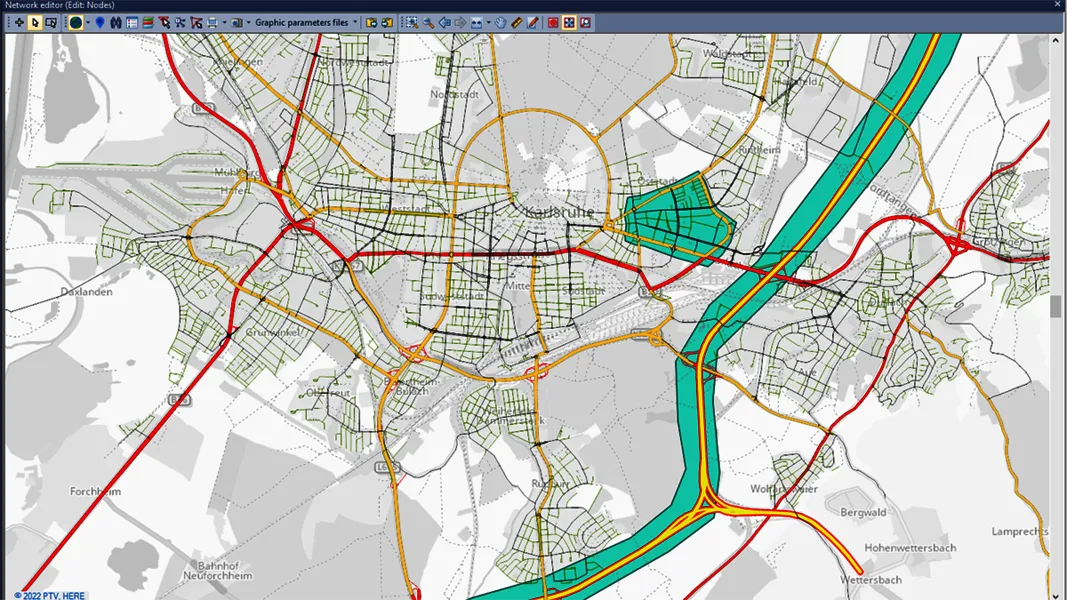In an ongoing project, the eastern Polish city of Lublin is using software from the
The plan is to improve the linkage between public transport provision and private transport, continue adapting timetables to meet passenger needs, reduce travel times, test new routes and provide a generally sound basis for decision-making on new investments.
The city’s consultancy company uses PTV's complete Traffic Software Suite to carry out design and planning: PTV Visum is used for modelling transport networks and transport demand, for planning public transport services and developing transport solutions that include all modes of transport; PTV Vissim enables planners to simulate traffic situations and the driving behaviour of motorists at specific junctions, providing an exact replica of the traffic situation at a particular location and enabling traffic managers to influence the behaviour of road users. PTV Vistro helps traffic planners to carry out detailed traffic analysis.
The city is also using PTV Balance to control its traffic signals, providing ‘green waves’ that adapt to prevailing traffic demands. In addition, PTV Optima provides short-term forecasts on traffic situations in specific locations, including accurate traffic information for the entire network, which is relayed to motorists via information boards.
Vice president Traffic Sales at PTV, Miller Crockart, sees the company as the ideal partner to turn these plans in Lublin into reality: "Various PTV planning and optimisation products can easily be combined and used together. Our tools can easily address the challenges of this project. Investments in infrastructure planning can be easily combined with decision-making tools for real-time operations."
PTV aids Polish city with traffic management
In an ongoing project, the eastern Polish city of Lublin is using software from the PTV Group to improve its traffic infrastructure. The City Council has set itself the goal of putting in place an intelligent transport system based on the latest technology and hopes to speed up the flow of traffic and encourage more people to switch to public transport. The plan is to improve the linkage between public transport provision and private transport, continue adapting timetables to meet passenger needs, reduce t
June 11, 2015
Read time: 2 mins








